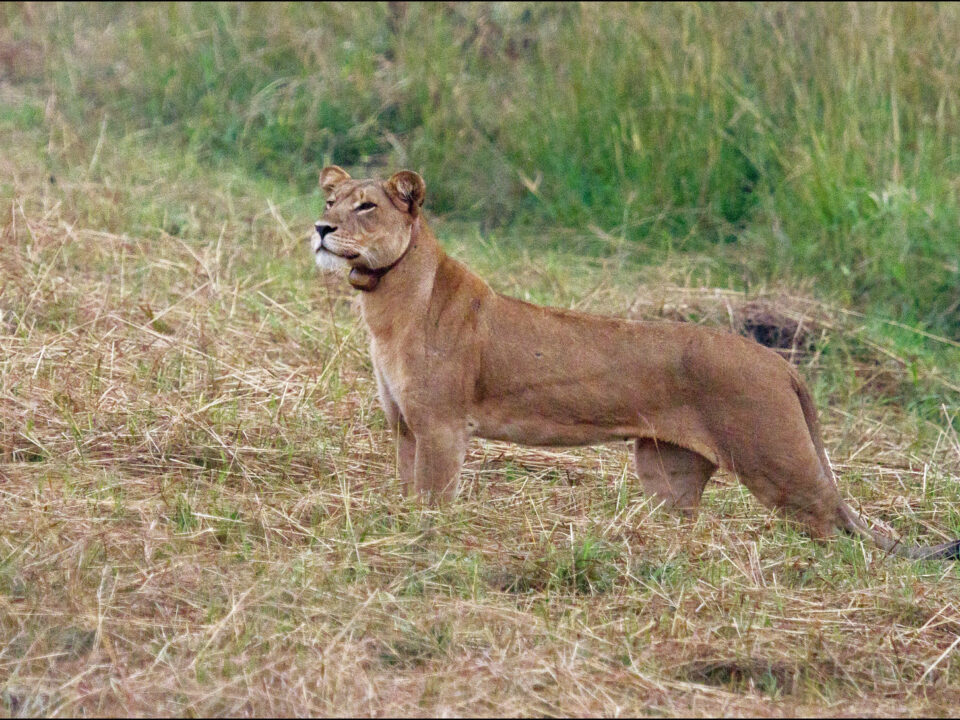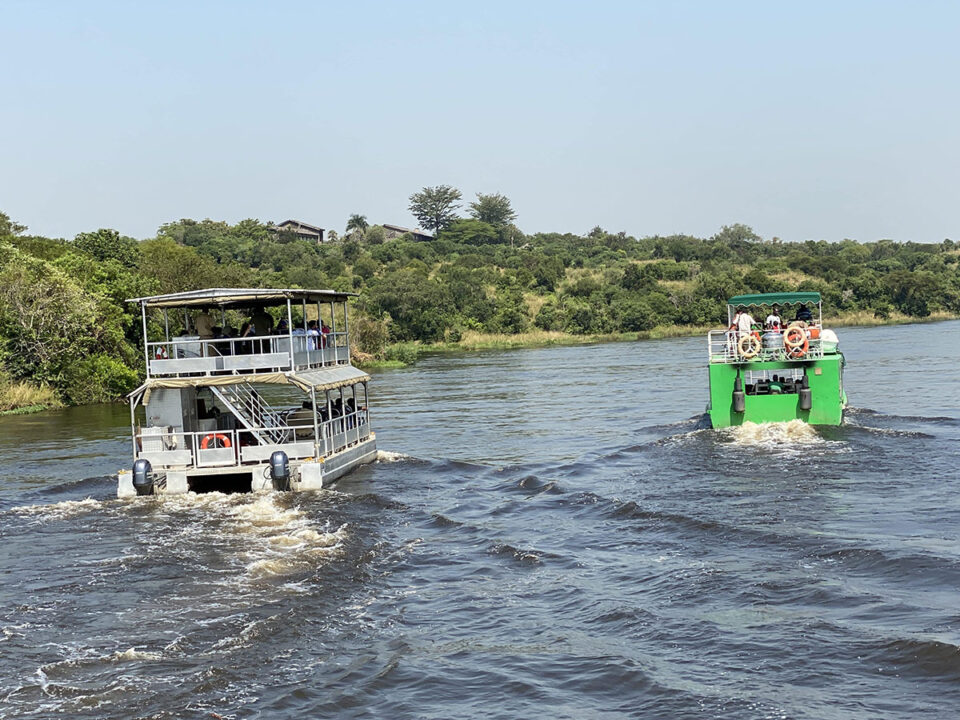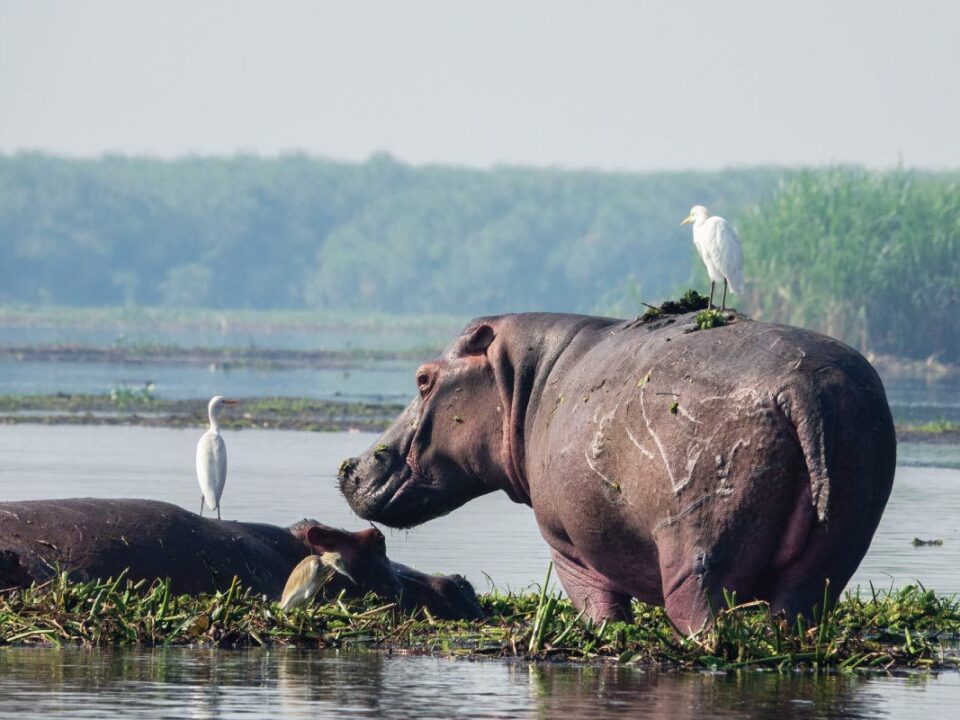Lions in Murchison Falls National Park

Mabamba Swamp on Lake Victoria Uganda
January 11, 2024
Climbing Mount Nyiragongo Volcano
January 11, 2024Encountering Majestic Lions in Murchison Falls National Park – Uganda’s Premier Lion Watching Destination
Lions in Murchison Falls National Park – Standing as the largest and most formidable carnivores in Africa, African lions hold a unique place as the only truly social cats, symbolizing royalty, strength, and bravery in Ugandan culture. Exhibiting a ‘fission-fusion’ society, a rare social system akin to chimpanzees, lions in Uganda are predominantly found in the three largest savannah parks, with Murchison Falls National Park taking the lead.
The WCS lion monitoring project initiated in 2009 revolutionized our understanding of lion populations in MFNP, building upon groundwork by Uganda Wildlife Authority’s veterinary doctor Margaret Driciru in 2001. Concentrated on the northern bank of Murchison Falls National Park, this initiative delves into the ranging and foraging habits of lion prides, leveraging GPS and GSM-enabled collars since 2010.
To date, the project has identified 128 individual lions on the northern bank. A 2013 census revealed intriguing possibilities about the lion and hyena populations on the southern bank, indicating that the south may harbor more of these majestic creatures than previously estimated. The data suggests that the lion population might have expanded since the 2009 census.
Combatting Threats to Lion Survival – A Focus on Illegal Traps
Preliminary findings from the WCS lion study underscore the impact of human-related incidents, with 71% of adult lion mortality attributed to illegal traps, primarily snares. Over two years, five lions succumbed to illegal traps, while six others faced severe injuries, necessitating veterinary intervention. Efforts are underway to curb this threat, with GIS and UWA ranger patrol data pinpointing snare-prone areas on the northern bank.
A comprehensive snare removal initiative has been initiated, targeting wire snare-prone zones. Over 2,000 wire snares, 60 spears, and 15 elephant traps have been collected, and 38 animals rescued. Collaborating with UWA’s community conservation department, WCS trains ex-poachers to retrieve wheel traps, contributing to the reduction of these lethal threats.
The removal efforts need sustained support, as over 80% of the snare zone remains unexplored. Additional resources are essential to furnish the removal team with the necessary supplies for frequent exercises. Continuous lion population monitoring is imperative to gauge the severity of these threats and their repercussions on the population.
Building Ranger Capacities and Addressing Emerging Challenges
Uganda Wildlife Authority rangers are undergoing specialized training to assess lion health and demographics during their foot patrols. WCS collaborates with UWA by sharing the positions of collared lions, enabling swift and accurate responses to incidents involving lions venturing into community lands, mitigating human-lion conflicts.
Navigating Potential Disruptions – Oil Discoveries in Murchison Falls National Park
The revelation of commercially viable oil deposits beneath Murchison Falls National Park introduces a new challenge. The forthcoming surge in exploration and production activities over the next five years poses a potential threat to the lion population and its prey base. Continued monitoring becomes paramount to comprehend the impacts of oil development, guiding recommendations to UWA and oil companies on strategies to minimize adverse effects.




